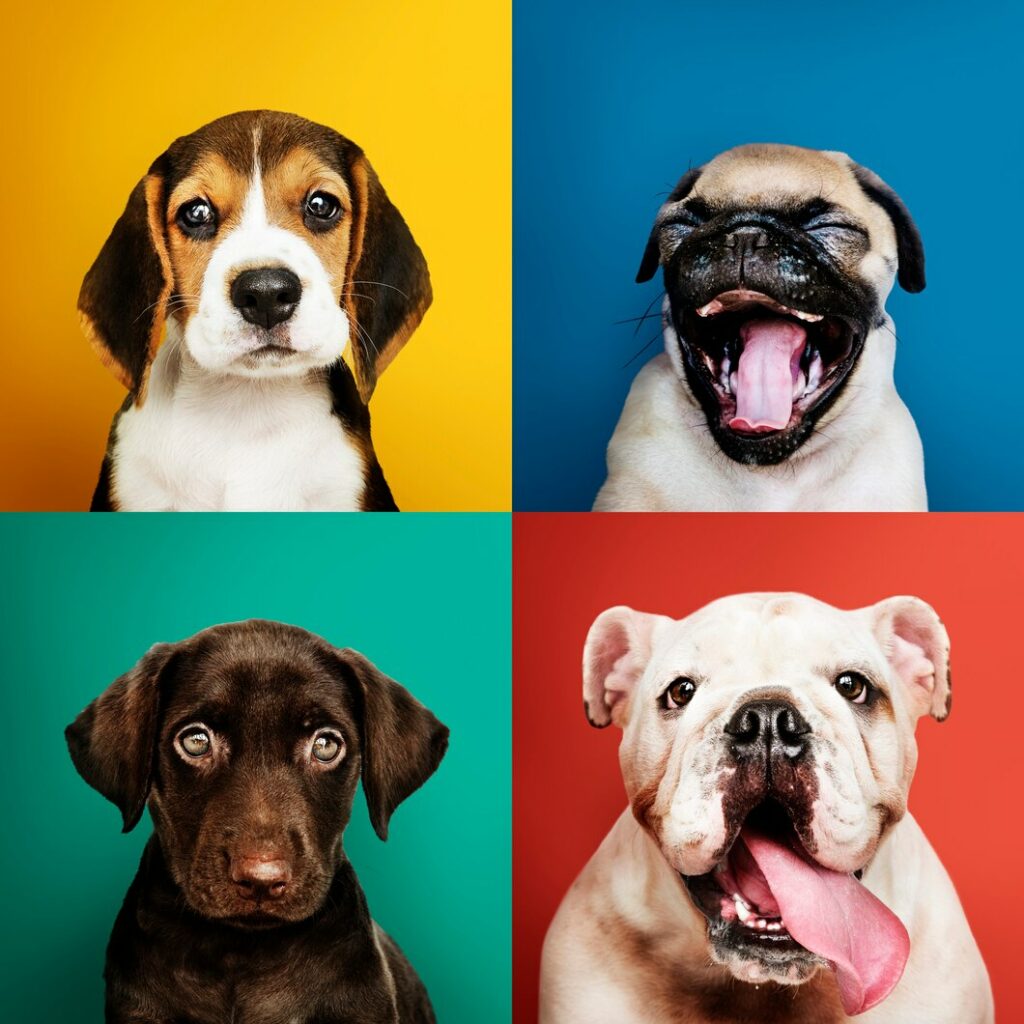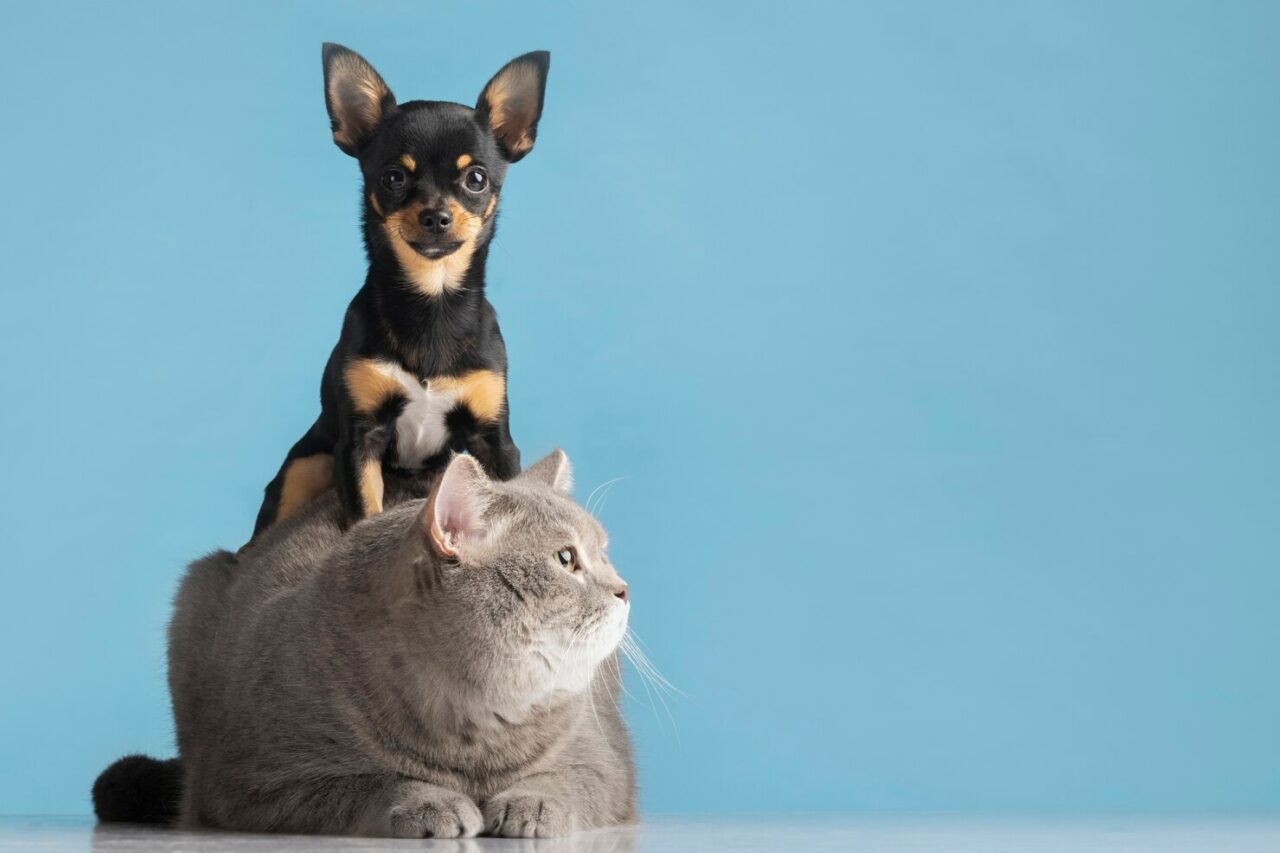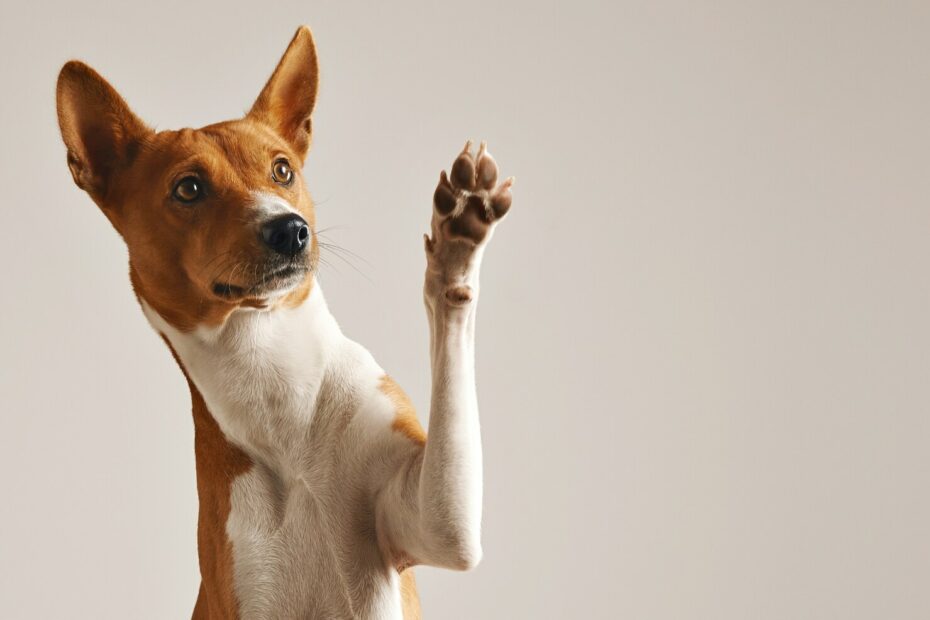Pets are more than just animals; they’re cherished members of our families. They bring joy, comfort, and laughter into our lives, and capturing their unique personalities and moments through photography allows us to treasure those memories forever. Whether you’re a professional photographer or simply someone who loves snapping pictures of your furry, feathered, or scaly friends, this guide will provide you with valuable pet photography tips to help you capture stunning images that truly reflect the essence of your beloved animals.
You may also want to know why dogs like sticks.
Pet Photography Tips: Preparation Is Key
Before you start photographing your pet, it’s essential to be prepared. Pets can be unpredictable, so having the right equipment, a plan, and a calm approach can make a significant difference in the quality of your pet photos.
1. Camera Gear
While you don’t need the most expensive camera equipment to take great pet photos, having a camera with manual settings and a good lens can give you more control over the final image. However, modern smartphones can also capture wonderful pet photos, so don’t feel discouraged if you don’t have a dedicated camera.
2. Choose the Right Time and Place
Select a time and location where your pet is comfortable and relaxed. Familiar settings like your home or a favorite park can help your pet feel at ease, leading to more natural and authentic photos.

3. Lighting Matters
Good lighting is crucial for photography. Natural light is often the best choice. If you’re shooting indoors, position your pet near a window to take advantage of soft, diffused light. Avoid harsh overhead lighting that can create unflattering shadows.
Pet Photography Tips for Capturing the Perfect Pet Portrait
Once you’re prepared, it’s time to start taking those captivating pet portraits. These tips will help you capture the essence of your furry friend:
1. Get Down to Their Level
Photograph your pet from their eye level to create a more intimate and engaging perspective. This approach helps you connect with your pet and capture their world from their point of view.
2. Use a Fast Shutter Speed
Pets can be quick and unpredictable, so use a fast shutter speed to freeze their movements. A shutter speed of at least 1/250th of a second is a good starting point.
3. Continuous Shooting Mode
Pets are constantly in motion. Use your camera’s continuous shooting mode (often referred to as burst mode) to capture a series of shots in quick succession. This increases your chances of getting that perfect moment.
4. Focus on the Eyes
The eyes are the windows to the soul, even in pets. Ensure that the eyes are in focus as they convey emotion and personality. Use your camera’s single-point focus mode to pinpoint the eyes.
5. Capture Natural Expressions
Wait for those candid moments when your pet is relaxed and displaying their natural expressions. These unposed shots often result in the most authentic and endearing photos.
6. Use Treats and Toys
To get your pet’s attention and cooperation, use treats or toys that make noise or have interesting textures. This can help create engaging expressions and poses.
7. Be Patient
Pet photography requires patience. Give your pet time to get used to the camera and the environment. Avoid rushing the process, and be prepared for moments of unpredictability.
8. Limit Distractions
Minimize distractions in the background to keep the focus on your pet. A clutter-free background or a shallow depth of field (achieved by using a wide aperture) can help achieve this.

Pet Photography Tips: Creativity and Composition
Photography is an art form, and there’s room for creativity when capturing your pet’s personality. Experiment with different angles, compositions, and styles to create captivating pet portraits.
1. Rule of Thirds
Use the rule of thirds to compose your shots. Imagine dividing your frame into nine equal parts by two horizontal and two vertical lines. Place your pet’s eyes or key features along these lines or at their intersections for a balanced composition.
2. Frame Within a Frame
Frame your pet within a natural frame, like a doorway, window, or foliage. This technique can add depth and interest to your photos.
3. Close-Ups and Details
Capture close-up shots of your pet’s unique features, such as their eyes, nose, or paws. Details can convey a lot of personality and emotion.
4. Action Shots
Don’t be afraid to capture your pet in motion. Whether they’re running, playing, or jumping, action shots can be full of energy and excitement.
5. Black and White Photography
Consider converting some of your pet photos to black and white. This can add a timeless and artistic quality to your images.
Pet Photography Tips: The Art of Patience and Observation
Photographing pets requires a keen sense of observation and patience. Take your time to study your pet’s behavior, expressions, and quirks. This will help you anticipate their actions and capture their true personality.
1. Observation
Pay attention to the small details that make your pet unique, from the way they tilt their head when curious to the playful twinkle in their eyes.
2. Personality Traits
Highlight your pet’s personality traits in your photos. Whether they’re adventurous, shy, or mischievous, try to capture those characteristics.
3. Comfort and Trust
Build trust with your pet and make them feel comfortable in your presence. This will result in more relaxed and genuine photos.
Editing and Post-Processing
Post-processing can enhance the final look of your pet photos. While editing is a personal choice, here are some basic tips:
1. Color Correction
Adjust the color balance to ensure accurate and natural-looking colors in your photos.
2. Contrast and Sharpness
Increase contrast and sharpness to make your pet stand out. Be careful not to overdo it, as it can make the image look unnatural.
3. Cropping
Crop your photos to improve composition or remove distractions. Ensure you maintain the image’s resolution for quality.
4. Noise Reduction
Apply noise reduction to reduce graininess, especially in low-light situations.
5. Consistency
Maintain a consistent editing style if you plan to create a series of pet photos. Consistency helps create a cohesive and visually appealing collection.
Safety and Well-being of Your Pet
While capturing stunning pet photos is exciting, it’s crucial to prioritize your pet’s safety and well-being throughout the process:
1. Safety First
Never compromise your pet’s safety for a photo. Avoid putting them in situations that could cause harm or distress.
2. Respect Their Limits
Know your pet’s limits and boundaries. If they become stressed or uncomfortable, take a break or try again later.
3. No Harmful Props
Avoid using props that could harm your pet or make them uncomfortable. Stick to pet-safe accessories and toys.
4. Positive Reinforcement
Use positive reinforcement and rewards to create a positive association with photography sessions. This can make your pet more cooperative and eager to participate.
Showcase Your Pet’s Personality
The most captivating pet photos are those that capture your pet’s unique personality and the special bond you share. Whether your pet is playful, contemplative, or a bit mischievous, your photographs can reflect their true essence. Experiment with different techniques, get creative, and have fun as you embark on a delightful journey to capture the magic of your beloved animals through the lens of your camera.
